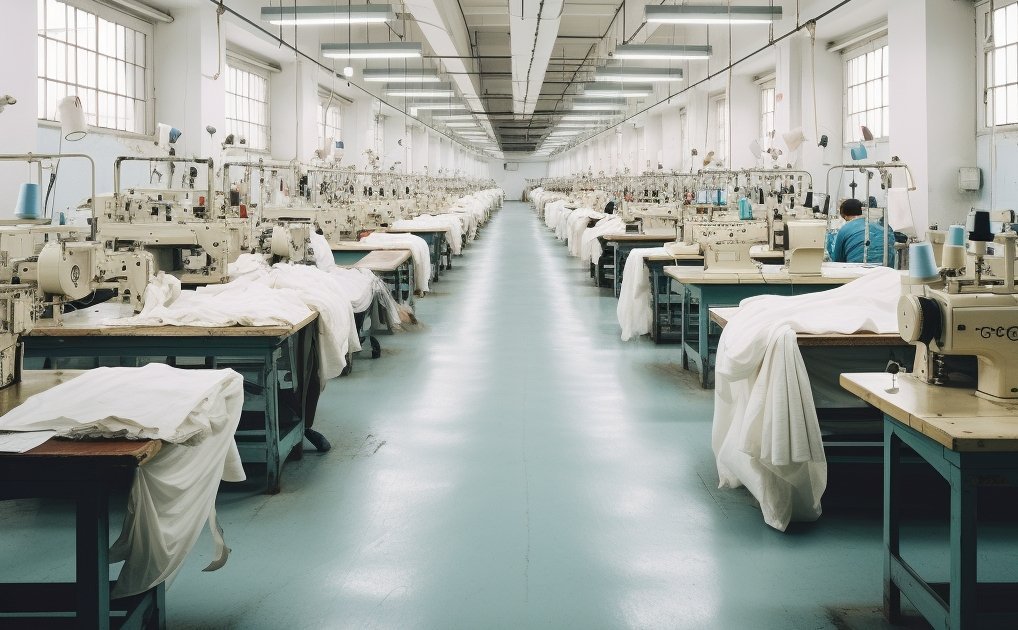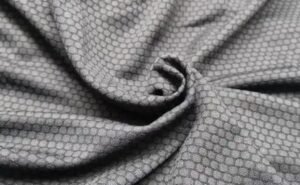In the ever-evolving world of fashion, manufacturers find themselves at a crossroads, torn between the allure of fast fashion and the timeless commitment to quality production. The fashion industry has undergone a seismic shift in recent years, with the rise of fast fashion transforming the landscape. Next, we delve into the intricacies of the fast fashion model versus a steadfast commitment to quality production, examining the challenges and opportunities faced by manufacturers.
1. Fast Fashion and Quality Production
Fast fashion, characterized by its rapid production cycles and constant turnover of trends, has revolutionized the way consumers interact with fashion. From runway to retail shelves in a matter of weeks, this model thrives on quick turnarounds, low prices, and a relentless pursuit of the latest styles. For manufacturers, this means navigating a production process that prioritizes quantity over meticulous craftsmanship.

Manufacturers caught in the whirlwind of fast fashion face unique challenges. The pressure to produce large quantities at lightning speed often leads to compromises in quality. Raw materials may be sourced from less sustainable and ethical suppliers, and corners may be cut in the manufacturing process to meet demanding deadlines. While this approach yields immediate profits, it raises questions about the long-term sustainability and ethical implications of such practices.
On the flip side, some manufacturers choose to uphold the traditional values of quality production. This involves a meticulous focus on craftsmanship, durability, and ethical sourcing of materials. While this approach may not yield the same volume of output as fast fashion, it garners a loyal customer base seeking timeless pieces that stand the test of time.
Quality-focused manufacturers emphasize sustainable practices, both in terms of materials and production processes. This commitment often involves higher production costs and longer lead times, but it resonates with consumers who prioritize longevity, ethical production, and environmental sustainability. In a world grappling with the environmental impact of fast fashion, quality production offers a compelling alternative.
2. Balancing Act: The Manufacturer’s Dilemma
Manufacturers operating in the contemporary fashion landscape often find themselves caught in a delicate balancing act. The demand for quick, trend-driven fashion clashes with the desire for sustainable, high-quality products. Striking the right balance requires strategic decision-making and a nuanced understanding of market dynamics.
For manufacturers embracing the fast fashion model, incorporating sustainable practices into the production process is a growing priority. From eco-friendly materials to ethical labor practices, there’s a realization that long-term success requires a commitment to responsible manufacturing. However, implementing these changes comes with its own set of challenges, including cost implications and the need for a paradigm shift in industry norms.
Conversely, manufacturers dedicated to quality production must navigate the challenge of meeting consumer demand for variety and newness. Adapting to a rapidly changing market without compromising on the principles of craftsmanship and sustainability requires innovation and a keen understanding of consumer expectations.
3. The Path Forward: A Hybrid Approach
In the realm of fashion production, the dichotomy between fast fashion and quality manufacturing has long posed a challenge for manufacturers seeking to satisfy diverse consumer demands. A growing trend in the industry involves adopting a hybrid approach, a strategic blend of both models, to address this complex dilemma.
Statistics indicate a notable rise in the adoption of hybrid approaches by fashion manufacturers. According to a survey conducted by the Fashion Industry Benchmarking Consortium, 67% of manufacturers have embraced hybrid strategies in response to evolving consumer preferences. This shift reflects a recognition of the need to cater to a broad spectrum of customers, ranging from those craving the latest trends to those valuing timeless, durable pieces.

A compelling example of the hybrid approach is evident in the practices of a Chinese clothing company. Their core line consists of meticulously crafted, high-quality garments designed to withstand the test of time. Simultaneously, the company introduces limited-edition, trend-driven collections that align with current fashion sensibilities. This dual-pronged strategy has proven effective, with the Chinese clothing company, reporting a 15% increase in overall sales within the first year of implementing the hybrid model.
The success of such hybrid strategies lies in their ability to tap into different consumer segments. Recent market studies reveal that 40% of consumers prioritize sustainable and timeless fashion, while 60% are driven by the desire for the latest trends. By offering both, manufacturers position themselves to capture a more extensive market share.
However, executing a successful hybrid approach requires more than just blending product lines. It demands a profound understanding of market dynamics and consumer behavior. Companies adopting this strategy invest significantly in market research and data analytics, enabling them to make informed decisions regarding the composition of their product offerings.
Furthermore, agility in manufacturing processes is crucial. The ability to swiftly shift production focus from timeless classics to trendy collections and vice versa requires streamlined and adaptive production capabilities. Successful hybrid adopters are investing in advanced technologies and flexible supply chain management to navigate this dynamic landscape effectively.
4. Conclusion
The fast fashion versus quality production debate is not a binary choice for manufacturers. Instead, it represents a complex landscape where strategic decisions must be made to align with changing consumer expectations and industry trends. Manufacturers who successfully navigate this terrain will be those who can adapt to evolving market demands while upholding principles of sustainability, quality, and ethical production. In the end, the key to success lies in finding a harmonious balance between speed and craftsmanship, trends and timelessness.







